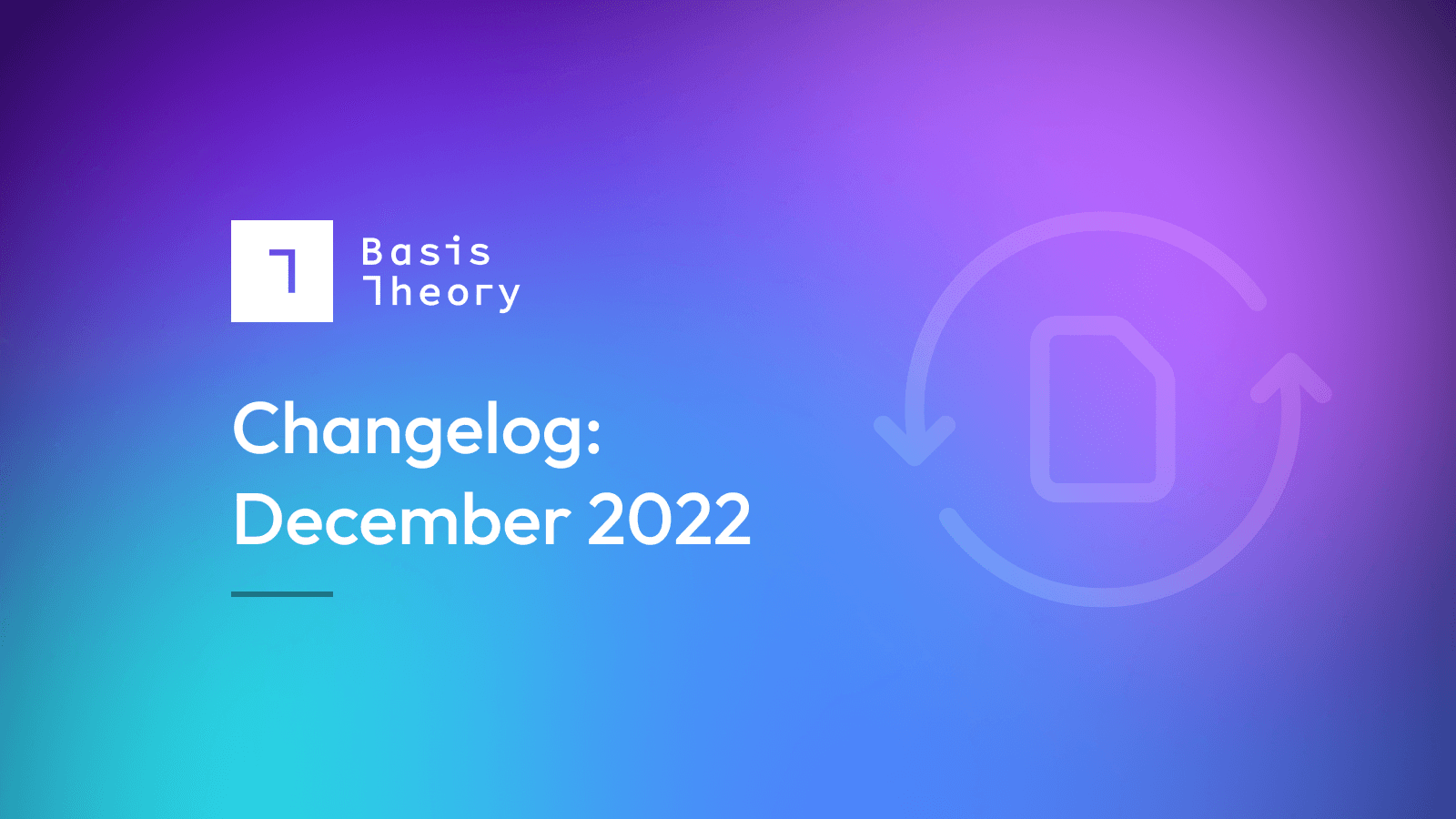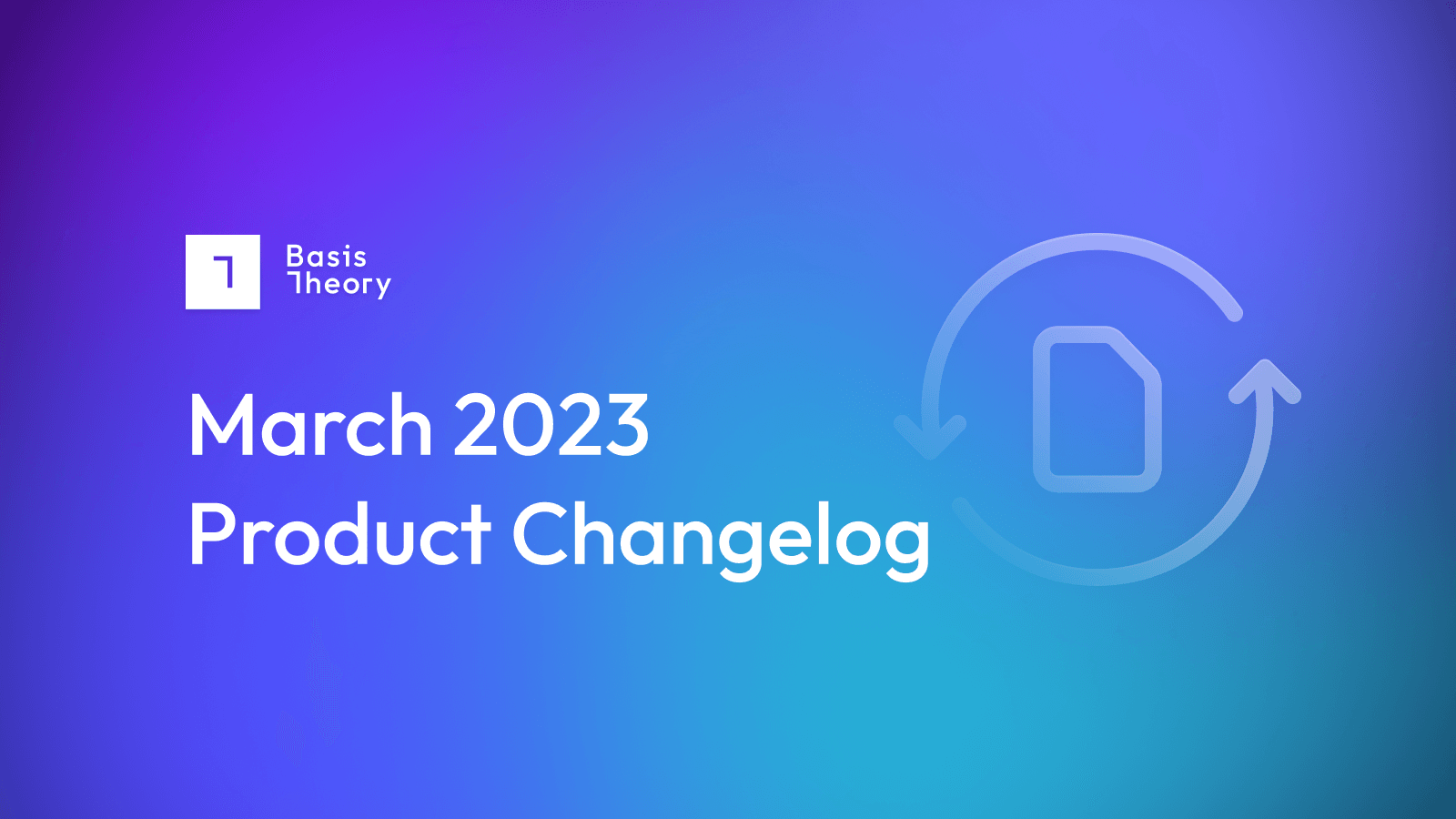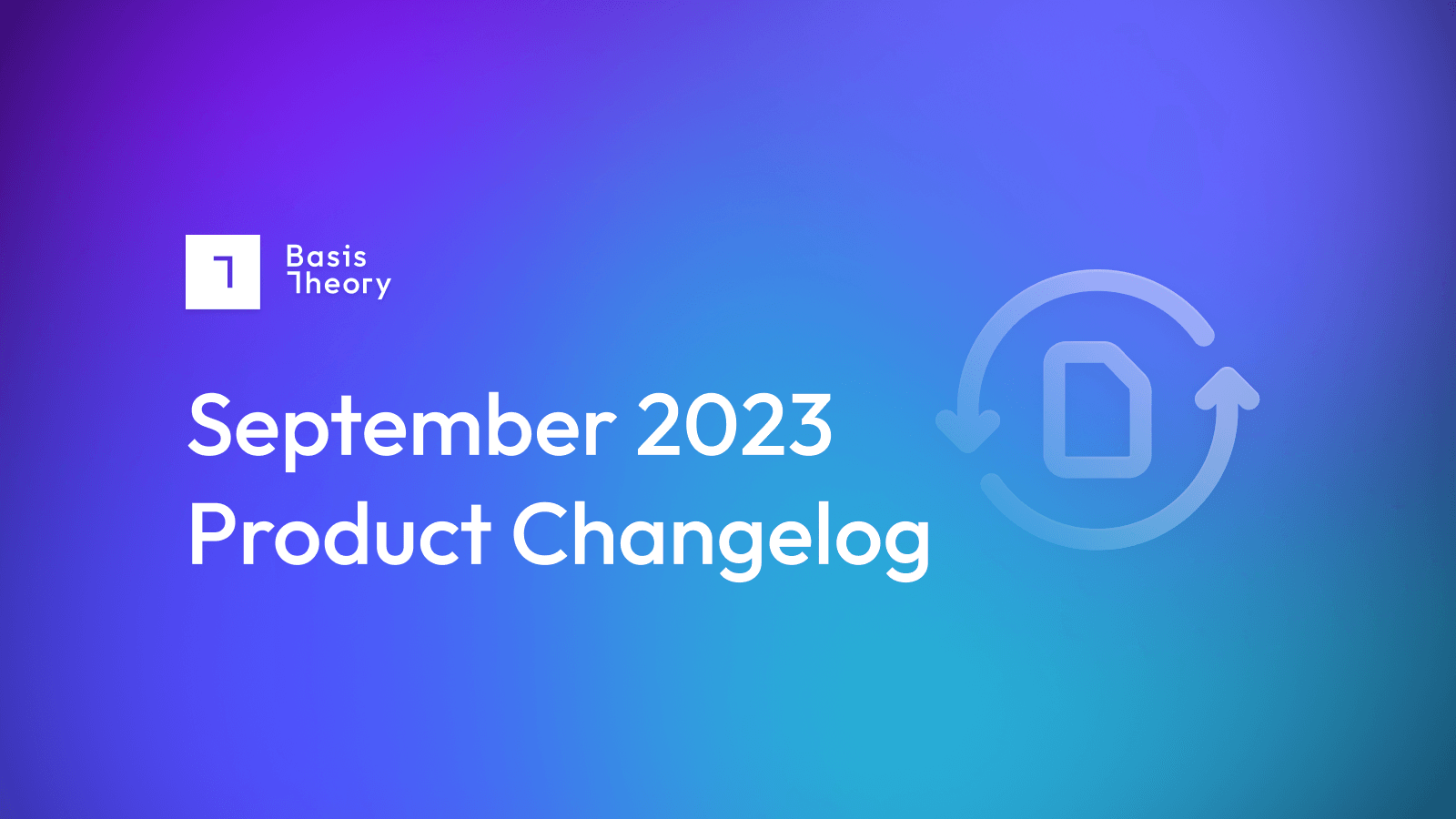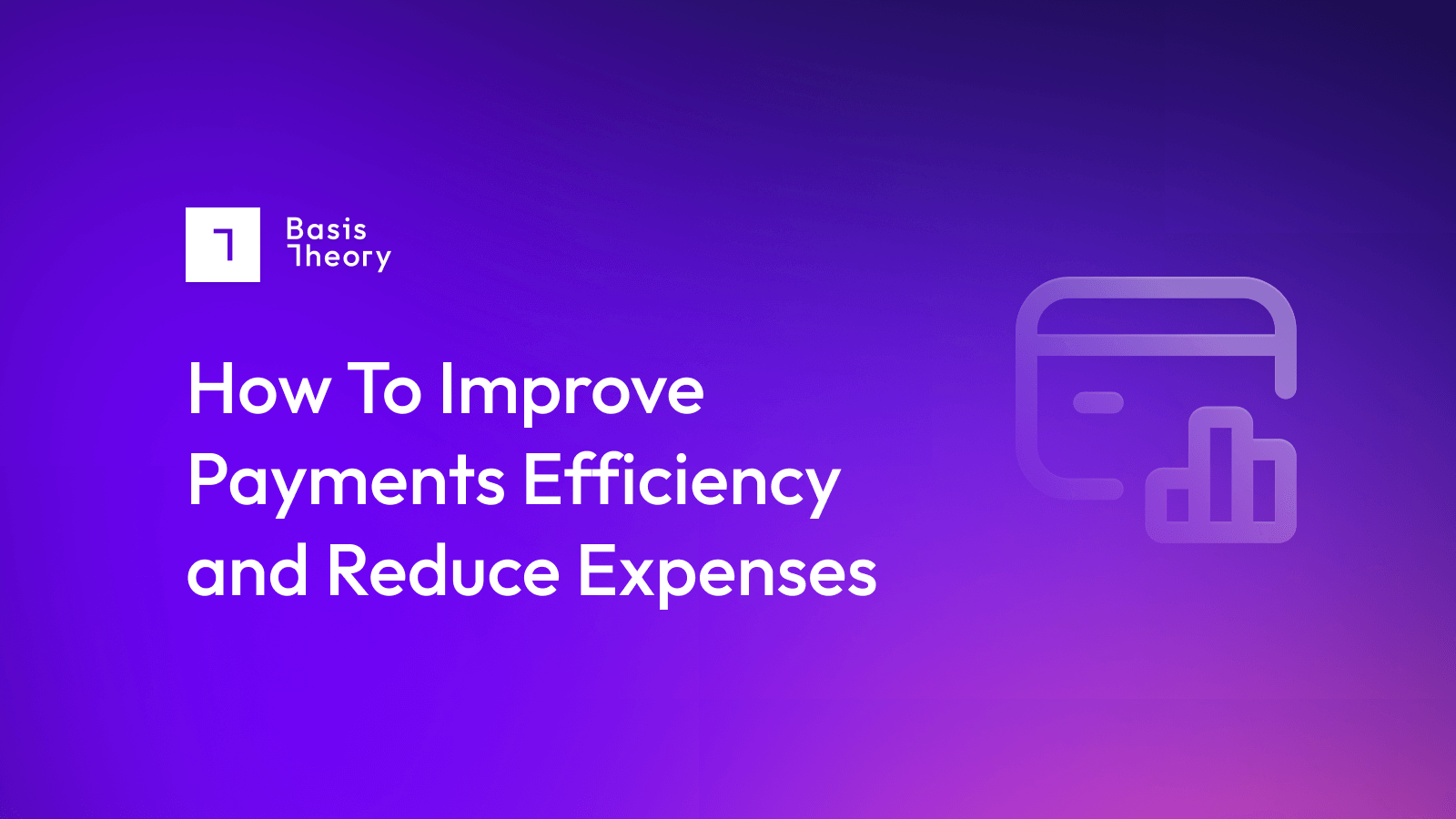Changelog: December 2022

The Highlights
New Year, New Documentation
We’ve learned and changed a lot over the last year, but we realized our documentation hadn’t. Over the previous two years, it had become a bit heavy, so we resolved to drop some weight and align it to the data lifecycle.
Here you will find a better getting started page, more guides, and more Blueprints for step-by-step instructions to implement our most common use cases end to end.
Give it a tour and if we’re missing a guide or a blueprint, feel free to ping us on our community slack . If you want to make a direct contribution, you can fork the repo, make the change, and submit a PR!
All the changes we’ve made over the past year required a new platform to host our documentation. To have greater control, we leveraged Docusaurus.
Upgrades to Mobile Elements
We enhanced our mobile elements with new capabilities and improvements to offer more flexibility.
- Meet various format and API requirements by using transform to modify payloads from your front end.
- Upgrades now allow you to customize the length of PAN’s masks and the corresponding CVV
- Before it's tokenized, you can ensure card numbers are Luhn valid, validate FutureDate, or create your own validator with RegixValidator. See here for more info.
We’ve added another way to create tokens in our mobile apps. For those who are only creating one token or want to use strong types, you can now use our createToken services.
Another small change to our Android SDK saves state on custom components, allowing your end users to keep their inputs if the screen is rotated, locked, minimized, or has its focus changed.
Check out our collecting data with iOS, or Android docs to get started.
Other releases, fixes & improvements
- Fixed bug for portal users without metadata
- Added custom fonts (reach out to us, if you need a font added)
.png?width=365&height=122&name=BTLogo%20(1).png)




